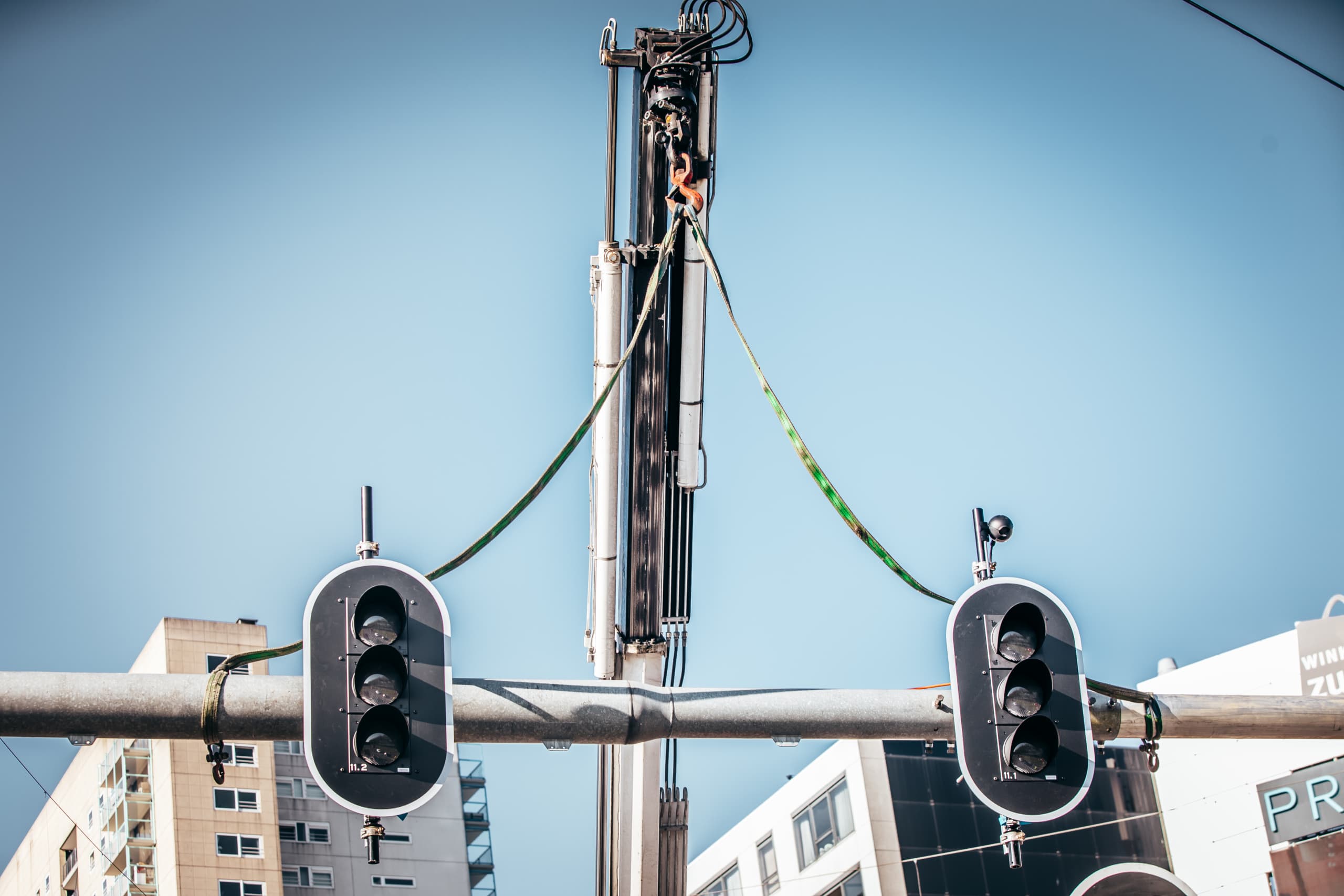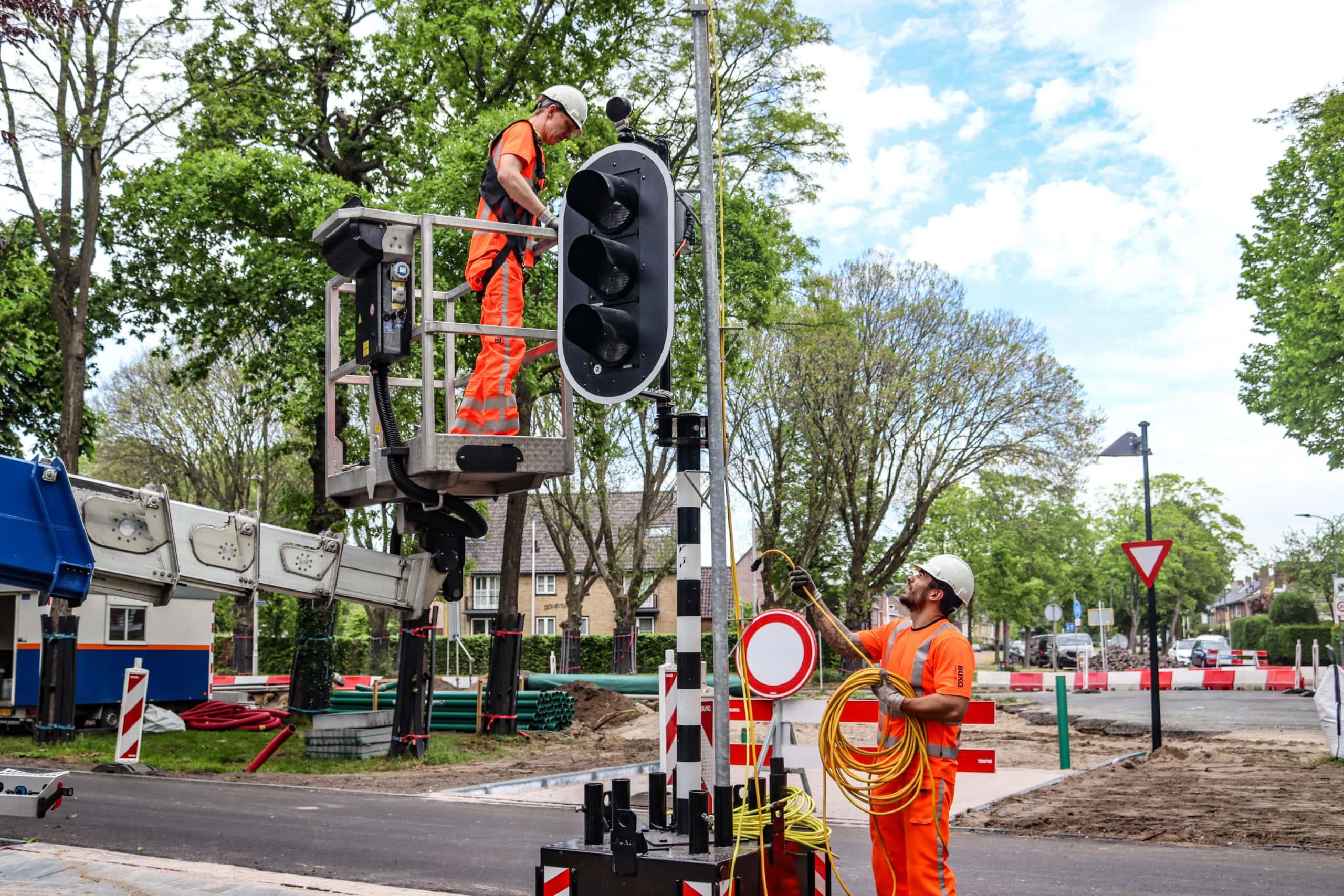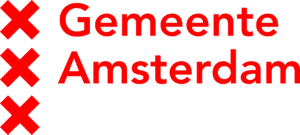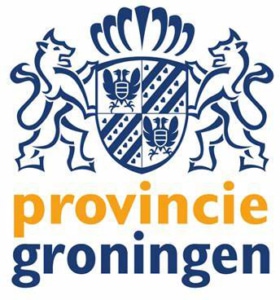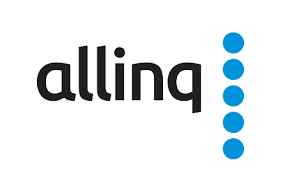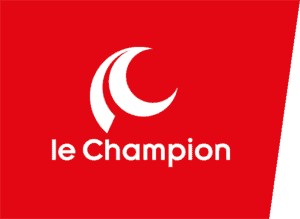Around large scale reconstruction areas, the traffic measures will likely not be very significant, but the negative impact on (traffic) safety and flow can be major. Because the situation is temporarily different from the present or future situation, it may be necessary to install traffic light control systems. These are equipped with all the necessary elements to guarantee the safety and good flow of the traffic. As a specialist in temporary traffic management issues, BUKO Infrasupport can help here too.
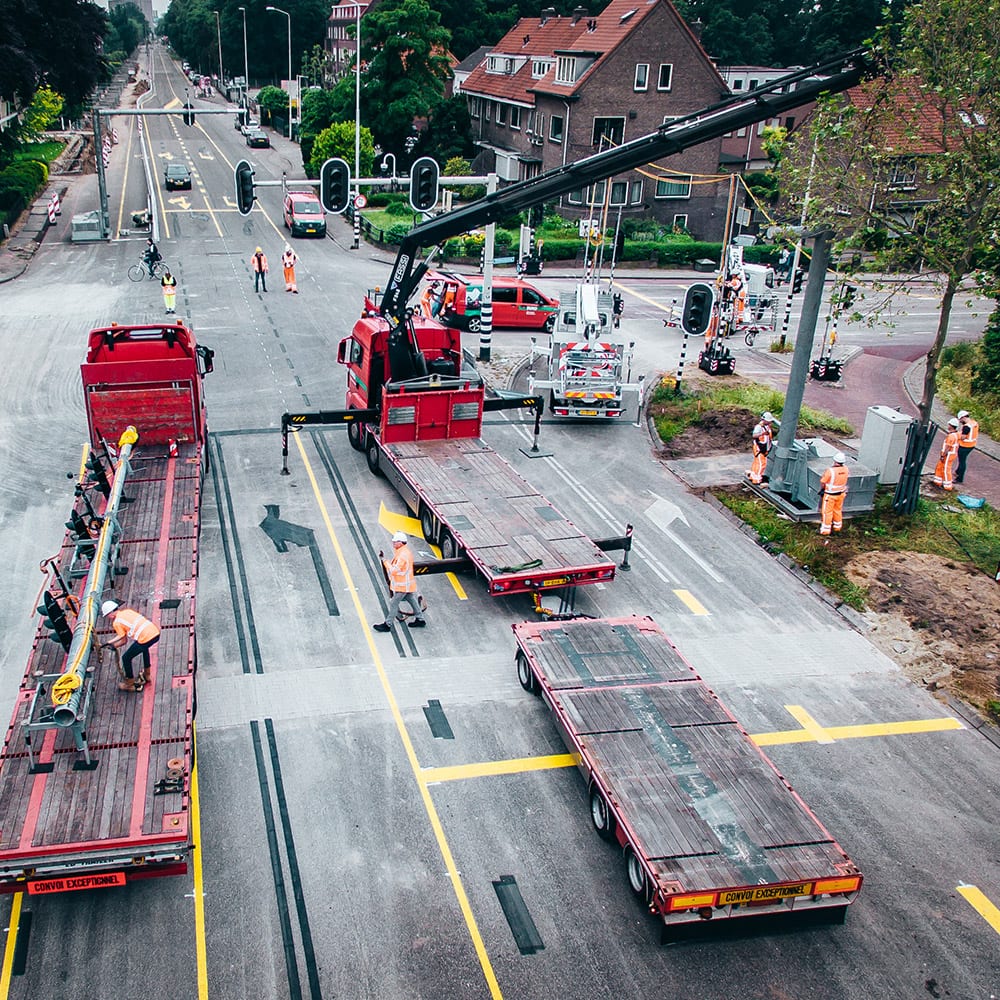
The processing of traffic flows working on an on-demand basis requires sophisticated technology that complies with the NENs (Netherlands standards) that apply. In addition, during its design, you need to take into account the behaviour of road users in an unfamiliar environment. Communication to road users must give clear instructions and be clearly visible. The setup of the work surface and the road sections to be used needs to be safe for both road users and those working on the roads. In addition, all traffic measures must be designed to comply with the CROW directives.
BUKO Infrasupport is an expert in the design and implementation of complex temporary traffic management issues and one of the few parties capable of delivering this kind of certified complex temporary system ready to operate. With our wide-ranging knowledge and up-to-date technology we are in a position to guarantee traffic flow in temporary situations.
In this video, our colleagues Thijs Lamers and Patrick Lamper explain more about our approach, and the benefits or our temporary traffic light control systems.
If the situation is temporarily different from the present or future situation, it may be necessary to install traffic light control systems. In this 2-minute video we explain how our Dynamic Traffic Management department manages this from A-Z. From a request to a recommendation, and from an agreement to implementation.
New traffic light control system
In 2021, the Dynamic Traffic Management department developed a new traffic light control system. With this new product on board, we can meet all the requirements from any highways authority in the area of temporary traffic light control system.
Our new control system offers, among other things:
- CCOL support;
- IVERA support, for communication with any traffic control centre;
- 42V LED-II modules, which means it is possible to take over parts of existing installed systems;
- Use it as a smart traffic light control system.
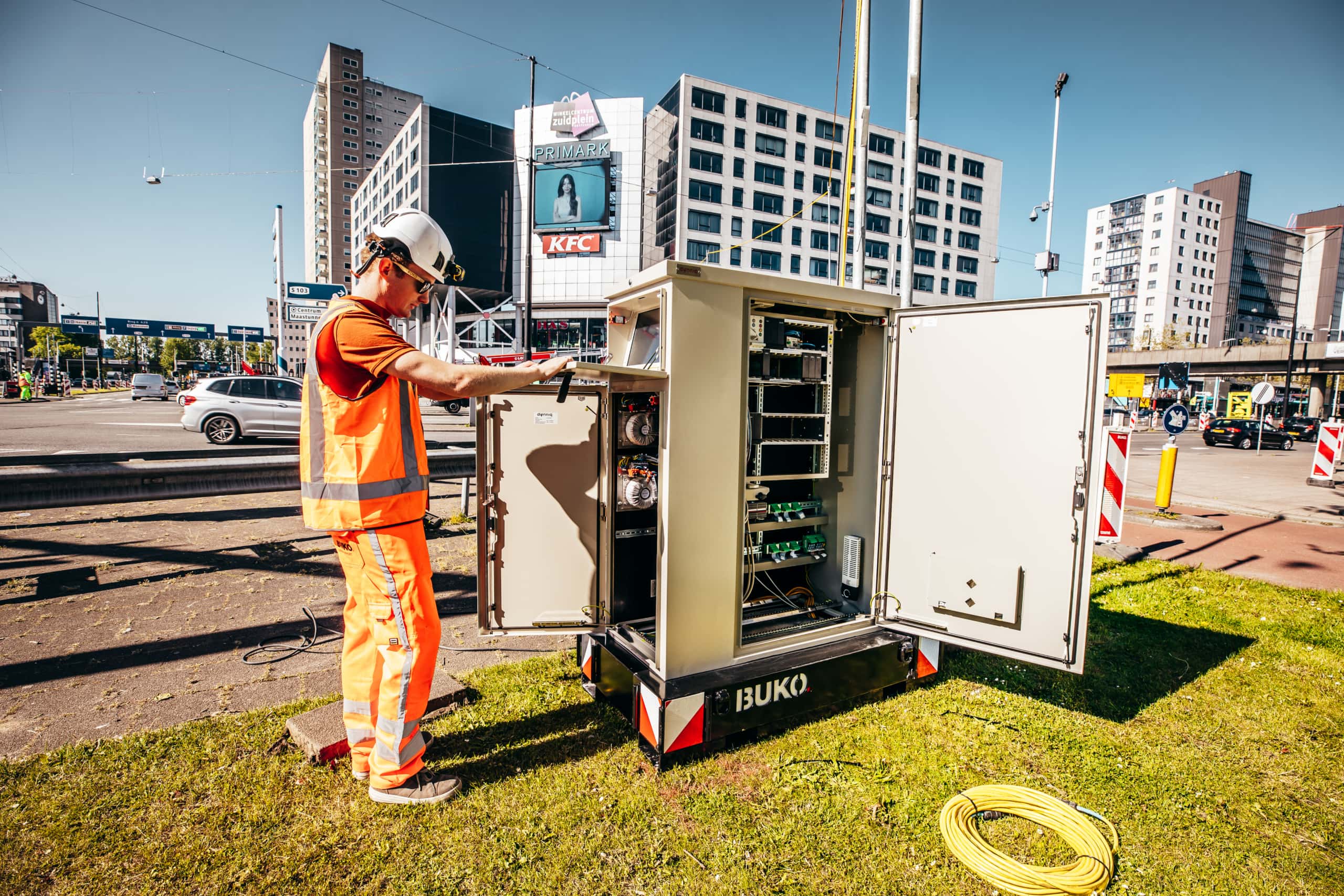
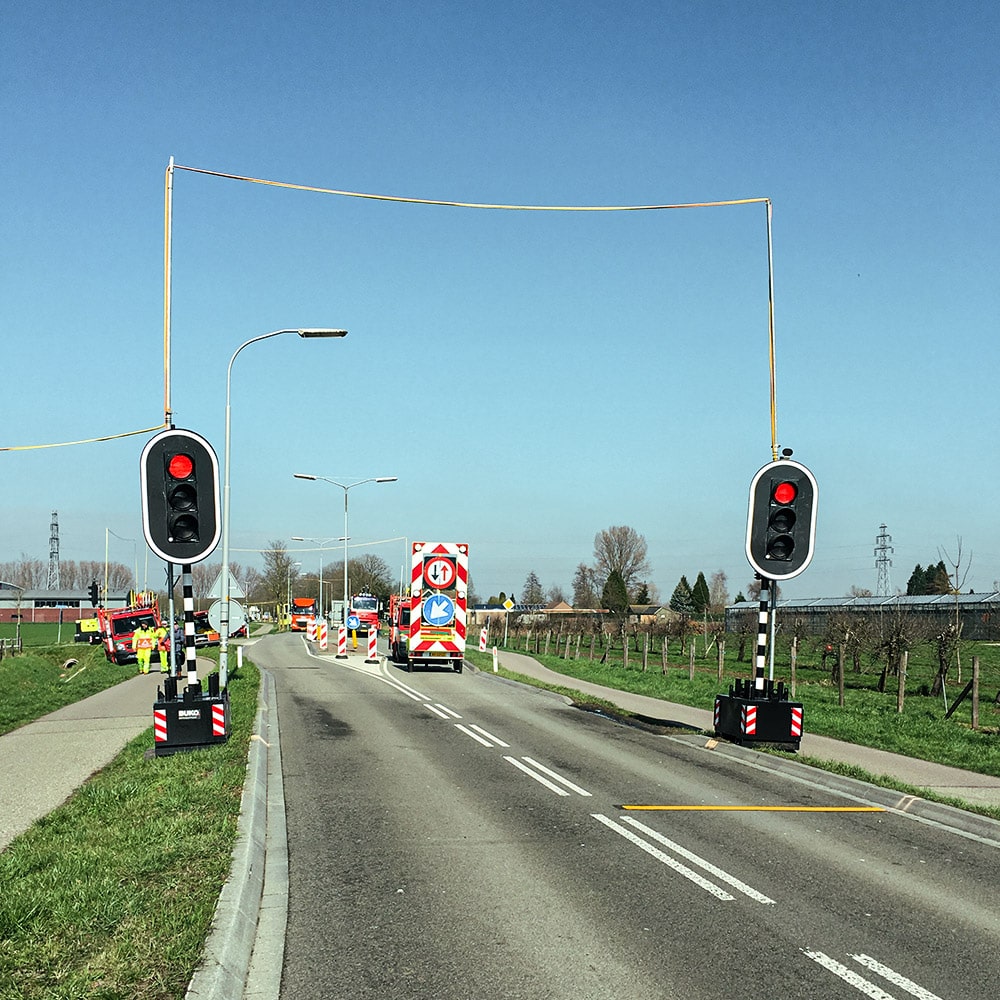
Our tools
Traffic lights
BUKO Infrasupport’s traffic lights have LED modules. By using LED modules we can guarantee optimum visibility for road users. In addition, energy consumption is reduced to a minimum. The masks (left or right arrow etc.) are integrated in the LED modules, so are not exposed to weather damage. Weather damage can lead to masks applied externally becoming detached, which can make the signs less comprehensible to road users.
The traffic lights that manage vehicle flows have a lens diameter of 210mm (within a built-up area) or 300mm (outside built-up areas). The traffic lights in slow traffic have a lens diameter of 210mm. In addition, we use a “nine eyes” light panel to regulate public transport.
Placement
To install our traffic lights alongside the carriageway, BUKO Infrasupport uses concrete blocks plus a black/white unimast. The combination of these elements makes a solid impression (similar to a permanent traffic light installation) and reduces the likelihood of disruption e.g. due to masts being blown over. Traffic lights above the carriageway are mounted on an arm, making them easily visible to all road users. BUKO Infrasupport traffic lights mounted on a temporary arm are suspended 5.5 metres above the carriageway.
Detection
Push buttons
Push buttons are normally used for cycle and pedestrian arrangements. If the highways authority requests it, a clicking timer can be installed for a pedestrian crossing.
Radar detection
Radar detection only provides extended green light timing for a particular direction because it can survey several different lanes simultaneously. This leads to what is called crosstalk, where some directions get unneeded time on a green light, and other directions get excess time on red. Radar detection is extremely well-suited to extending green lights for busy cycle path directions. Both are shown in the following diagram:
Radar detects incoming traffic in several directions.
Video sensors
We use this as standard for a junction with several turning lanes, to send requests for green to the traffic light control system. Using video sensors we can detect the traffic in each direction of travel, whether it is moving or standing still. Because we can detect it for each direction of travel we can regulate the traffic more dynamically that by just using radar detection.
Video sensors detect for each lane. It works with fictitious loops.
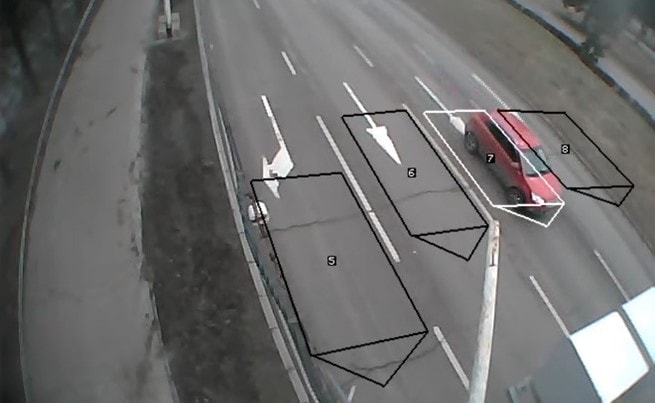
Queue detection
When traffic is standing still, a signal is issued to the traffic light control system and conflicting directions are closed off after a period of green lights. If there is a long-term queue, for example in the main direction, it is possible to upload different green light timing sets.
The furthest away pair of loops has the job of detecting a queue (traffic at a standstill). At that moment, nothing happens.
The queue for the relevant direction grows longer, but passing traffic does not stand still for long enough on the loop to activate queue detection.
A queue is detected. The other directions switch at the same time to amber and red, after a period of green lights, and the direction where there is a queue is processed.
Short Range Wireless (SRW)
We use an SRW module to give right of way to public transport and/or emergency services. This system works with the help of virtual login and logout loops. These loops consist of GPS coordinates and when a vehicle with the SRW module passes through these coordinates then it is registered. When a public transport or emergency services vehicle is registered, then the system can clear this direction more rapidly (absolute priority for emergency service vehicles), which reduces the waiting time for public transport and emergency services vehicles. If the vehicle is not registered by the virtual logout loop, then it will be logged out using a predefined logout period. The prerequisite for the use of SRW is that the vehicles are equipped with a suitable module, and especially for emergency services this can sometimes cause problems.
Cabling
All cables that pass above the carriageway are at a height of at least 5.50 metres; for cycle paths and verges the minimum height is 3.5 metres. This reduces the risk of damage from collisions to a minimum. It means that the contractor does not need to worry about a cable lying on the ground being damaged during the works. This is achieved using wide-span masts sunk in the embankments or set in concrete blocks.
The systems that we use at BUKO Infrasupport are developed in such a way that we have the ability to cable an entire junction using a small amount of cable.
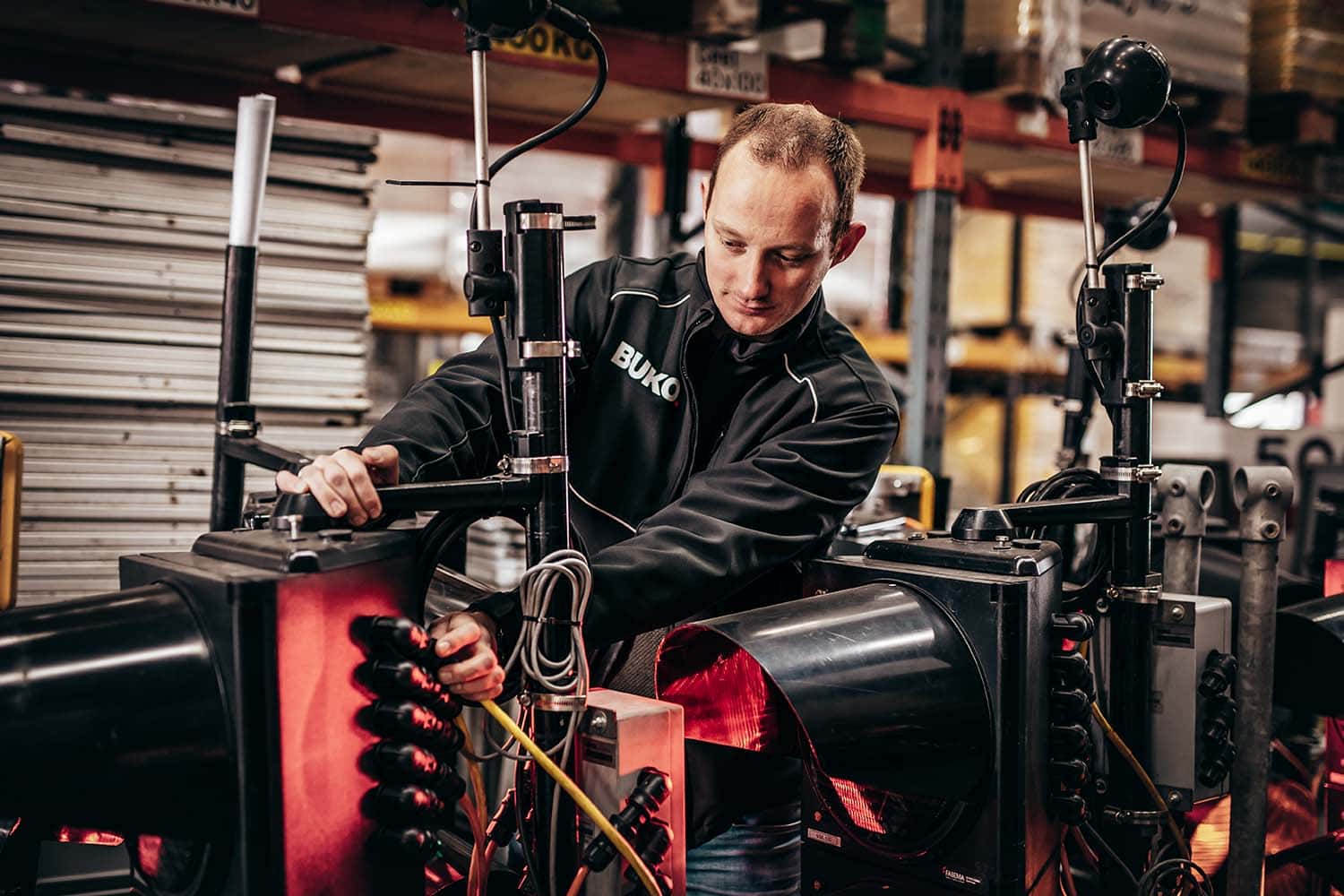
Traffic light control system
At BUKO Infrasupport we use two types of traffic light control systems, both types are certified under NEN3384. One of these types supports CCOL and IVERA, which means it can be used with any highways authority in the Netherlands.
Other systems
It is possible to connect to other systems, and to do so we use an I/O unit with 32 in- and outputs or a serial link between different control systems. In addition we can use our traffic light control systems as smart systems, which enables, for example, communication about green and red light times with road users.
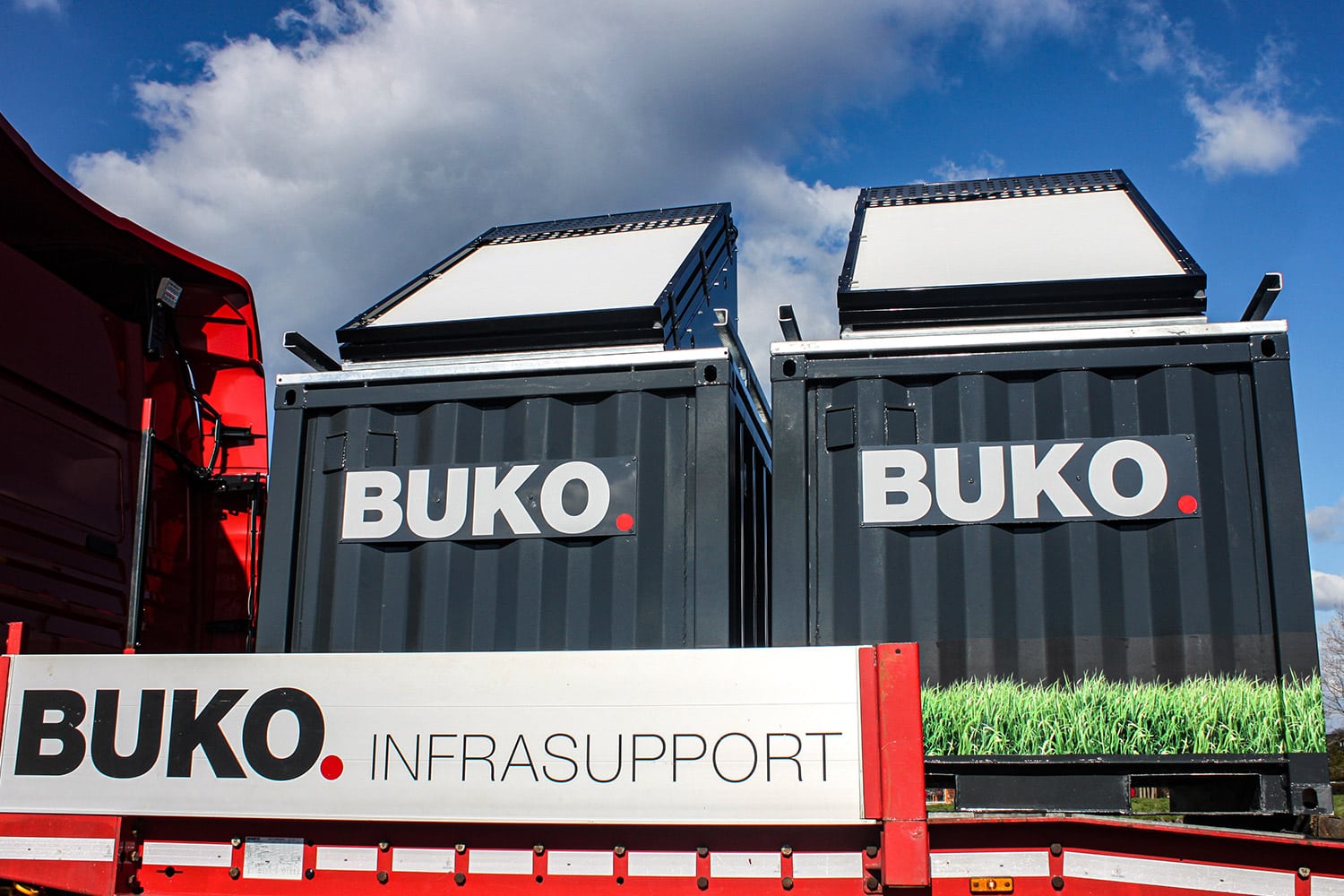
Solar battery pack
In order to provide power to our traffic light control systems and access barriers in places where no connection to a mains power supply is available we make use of a battery pack with solar panels that we developed ourselves. These create 0% CO2 emissions and work silently. With battery capacity of 18 kWh we can deploy them as a power source for our access barriers and traffic light control systems. In this way we generate the energy we need for our products in a sustainable manner. The battery pack takes up a very small amount of space which makes it simple and rapid to install almost anywhere. Currently BUKO Infrasupport has 8 of these battery packs that can be deployed alone or in combination with our traffic light control system or access barriers.
Long term relations
Years of experience on the way to safety.
Contact us
We are here to help.
